The Poison Tree Summary and Analysis by William Blake"A Poison Tree," is one of William Blake's most beautiful and well-liked poems. It was released in 1794 as part of his "Songs of Experience" collection, which explores a range of human emotions. You feel inspired to explore deeply within yourself by the book "A Poison Tree." 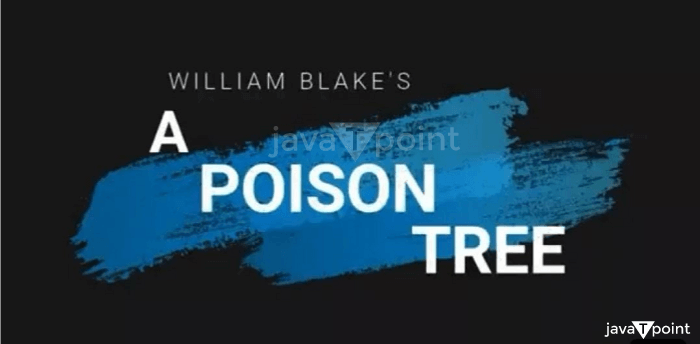
'A Poison Tree' is a significant component of Songs Of Experience, the sequel to William Blake's Songs Of Innocence, released in 1789. Both books were combined and released under the new title of Songs of Innocence and Experience, Showing the Two Contrary States of the Human Soul: The Author and Printer, William Blake. Blake concentrated on the underlying human emotions, yet his poetry did not achieve much fame throughout his lifetime. In 1830, "A Poison Tree" was published separately in the London University Magazine. Although the poem's initial name was Christian Forbearance, it was eventually changed to reflect its content more accurately. There are four groups of rhyming couplets in the poem. Each stanza is carried over to the next, giving the poem a rushed, even furtive tone that suits the covert (hidden) actions performed in the shadows of the poem's subject. William BlakeOn November 28, 1757, William Blake, the poet of "A Poison Tree," was born. He was a visionary of his day and an English poet. Additionally, he was a talented painter and printmaker. This poet has always been attracted to the arts. He belonged to the Romantic Period. 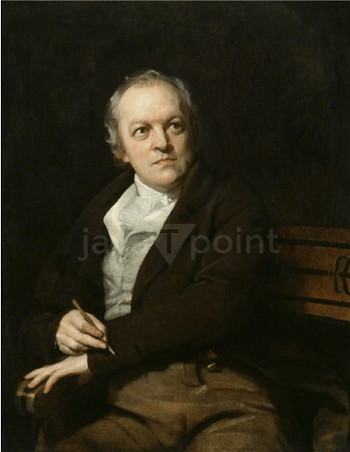
The majority of his poetry addresses emotions and their effects. He became posthumous despite not receiving much attention when he was alive. He had always expressed the deepest human feelings using his imagination. He was considered insane in his day since he spent most of his time in his artistic universe. Plot SynopsisThe speaker describes being angry at a friend. This anger vanished once the speaker talked to their friend about it. In contrast, the speaker remained silent when angry at an enemy. Then, their anger grew. The speaker cultivated this anger as if it were a garden and symbolically fed by his worries and tears throughout the day and at night. The anger was fueled even though the speaker tried to mask his anger with smiles and other tactful tricks. The anger never stopped growing until it transformed into a tree that produced a vibrant fruit. The speaker's enemy noticed this apple glowing and identified it as the speaker's. The enemy broke into the speaker's garden in the middle of the night. The speaker is relieved to find the enemy lying lifeless under the tree in the morning. 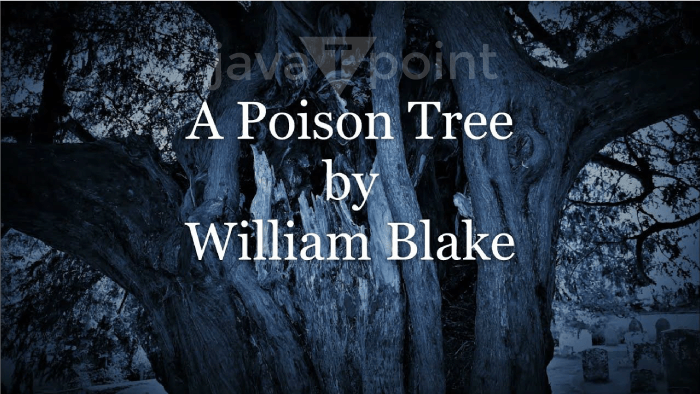
Summary of "The Poison Tree"There are four stanzas in the poem "A poison tree." Summary of Stanza 1The poet states in an initial stanza that he once was angry with one of his friends for some reason, and he informed him clearly about it. As a result, his anger toward his friend disappeared, and the two were once more friends. The poet describes an incident in which he once got mad with one of his enemies but chose not to tell him about it in the second part of the initial stanza. This time, the poet's anger started increasing. The first stanza tells us that if we clear up misunderstandings and doubts, it is simple to fix relationships with a friend. In contrast, anger and hatred towards the enemy will only continue to build in our minds if we choose not to speak to the other person when we are mad at him. Summary of Stanza 2In the second stanza, the poet elaborates on his experience, describing how he always suppressed his anger, fearing that his enemy would learn about it. He also cried due to hatred. This poem expresses his failure to control his anger, which makes him scared and emotional. Because the poet was afraid of telling his enemies about his anger, it continued to develop throughout the day and night, keeping the memory of his terrible conduct alive. Blake claims in the final two lines of the second stanza that he controlled his anger with a smile and gentle misleading tricks. The poet here uses the image of a tree to represent his anger, growing just as quickly in his head as a tree would in the sun. In the final line, the poet claims that the shady strategies (hiding anger) caused the tree to grow in his head. 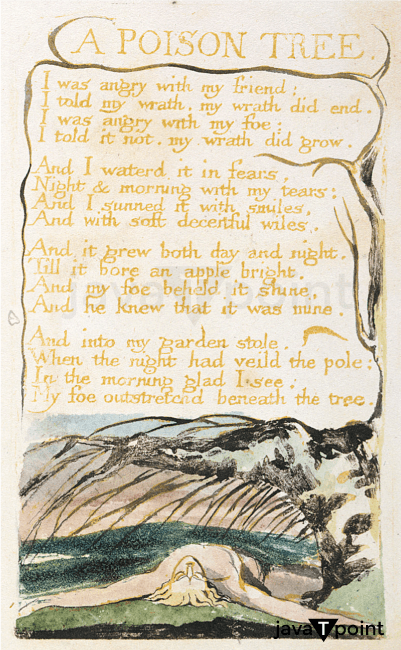
Summary of Stanza 3The poet states in the third stanza that the tree continued to develop day and night until it became a fully grown tree with a dazzling apple. Here, "Dazzling Apple" illustrates something that invites his enemy to try it. However, misleading tricks like lying and hatred caused this dazzling apple to mature and become a threat to the enemy. Many critics see comparisons between this dazzling apple and the apple of Heaven, which according to Christian and Islamic theology, Adam was not allowed to eat. Satan (Lucifer) persuaded Adam and Eve to eat the cursed apple, resulting in a disastrous event in their lives and their demise from Heaven. The poet attempts to convey that, like Lucifer, he hid his goals by smiling, harming his enemy. Some critics compare this fruit to Blake's writings that were improperly taken by one of his friends and afterward disgraced that friend. Summary of Stanza 4The poets discuss the effects of that dazzling apple in the final stanza. Like Adam and Eve, the poet's enemy stole and enjoyed the dazzling apple from the garden at night. The poet is joyful when he sees the enemy lying dead underneath the tree later that morning. This poem compares himself to Satan, who was similarly pleased to see Adam and Eve expelled from Heaven. The poet's lesson is that when one prepares to take revenge on someone who has wronged him, they overlook the consequences and become like Satan. Morally, the poet advises us to clear misunderstandings before they become harmful, like a dazzling apple. 
Analysis of "The Poison Tree"The poem illustrates the strength of anger if it is not initially controlled. We all experience the aggressive and harmful emotion of anger, as human beings. Blake makes it very apparent at the beginning of the poem that we can avoid the negative effects of adult anger by letting go of our anger. When a poet shows his friend forgiveness, both the poet and his friend are protected from the negative effects of hatred. 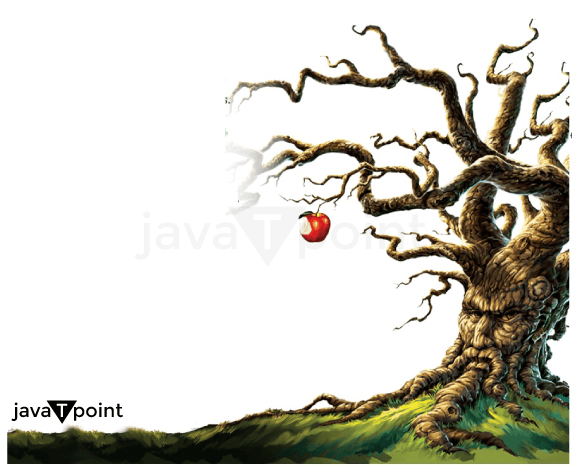
The poet's enemy suffers tragic losses when he holds anger in his head that keeps developing in the various ways described in the poem. He remembered everything he had done poorly to bring him down and severely damage him rather than removing doubts and concerns. Blake makes it very clear that, despite being able to do so, he purposefully chose not to forgive his enemy. In the first case, the poet acted accordingly and protected his friend from harm, but he didn't do the same for the enemy. The poet clarifies it by referencing the Bible to when Eve and Adam were prohibited from eating apples, but Satan convinced them to do so, leading to their rejection from Heaven. Comparably, the poet here claims that even though he had the power to save the man, he would become his enemy. He performed a similar action to Satan when he drove them from Heaven. The poet enacted a smile towards his enemy as Satan encouraged Eve and Adam politely by hiding internal rivalry. Finally, the poet joined Satan in his joy when Eve and Adam were expelled from Heaven for eating the forbidden apple and cheered when the enemy died beneath the tree. In English literature, the poem "A Poison Tree" is one of the most powerful analyses of the destructive consequences of anger and hatred. Blake's depiction of frustration, bitterness, and anger demonstrates the poem's extreme seriousness. It is also one of William Blake's miniature-form masterpieces. |
 For Videos Join Our Youtube Channel: Join Now
For Videos Join Our Youtube Channel: Join Now
Feedback
- Send your Feedback to [email protected]
Help Others, Please Share









